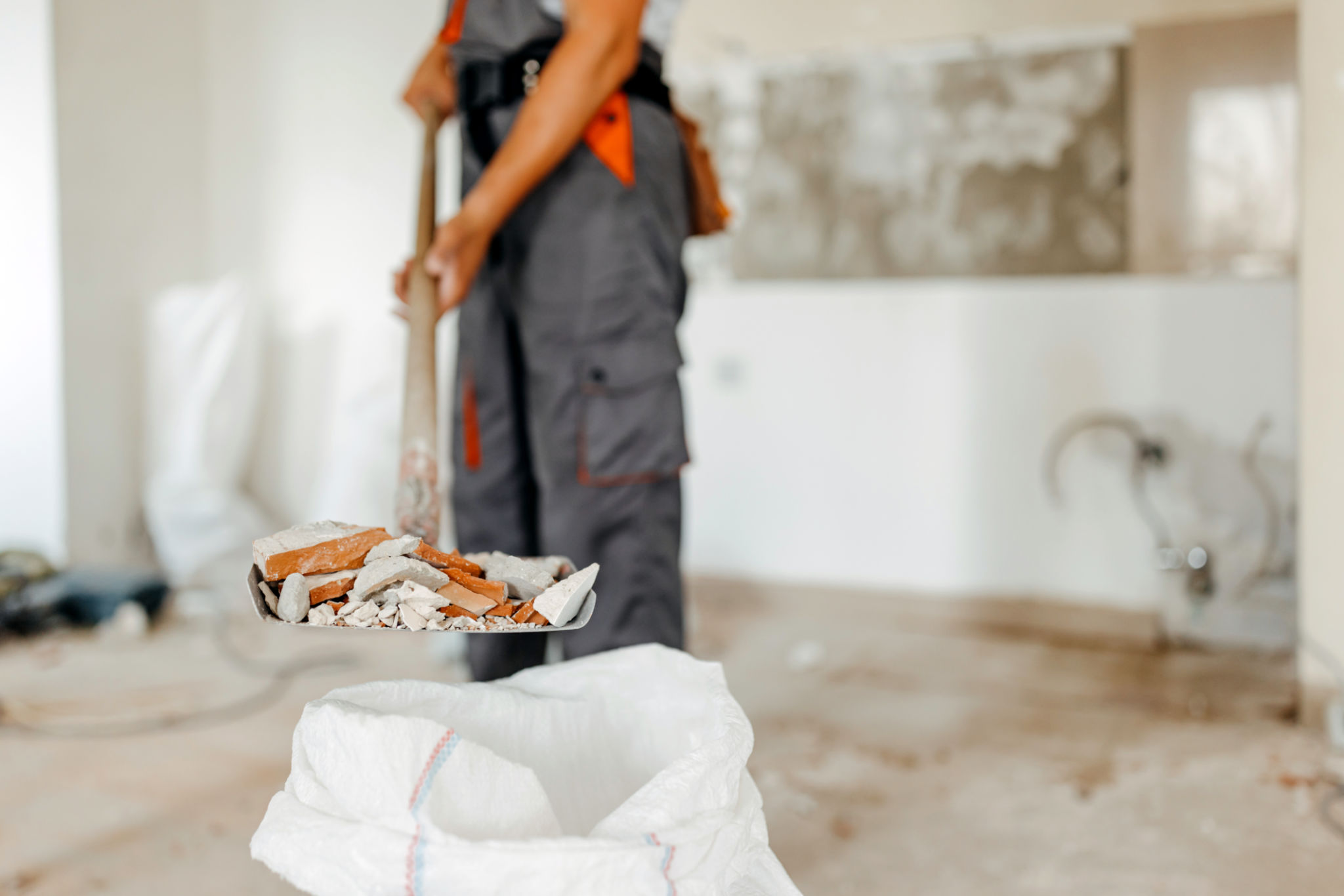How to Prepare Your Building for a Coating Inspection
Understanding the Importance of Coating Inspections
Coating inspections are critical for maintaining the longevity and appearance of your building. These inspections help identify any underlying issues that could compromise the integrity of the structure. Regular checks ensure that protective coatings are functioning as intended, safeguarding against environmental damage such as moisture, UV exposure, and pollutants.
Before a coating inspection, it's essential to prepare your building adequately. Proper preparation can lead to more accurate assessments and efficient remediation processes. In this post, we'll cover key steps to ensure your building is ready for a thorough coating inspection.

Conducting a Preliminary Assessment
Before the official inspection, it's beneficial to conduct a preliminary assessment of your building's exterior. Walk around the structure and visually inspect for any obvious signs of wear, such as peeling paint, cracks, or rust. This initial check can help identify areas that may require immediate attention and guide the inspector to focus on potential problem spots.
Documentation is another crucial step. Take photographs of any areas of concern and note their locations. This documentation can be invaluable during discussions with the inspector and when planning any necessary repairs or maintenance.
Cleaning and Preparing the Surface
A clean surface is essential for an effective coating inspection. Dirt, dust, and debris can obscure important details and lead to inaccurate assessments. Use appropriate cleaning methods such as pressure washing or gentle scrubbing to remove surface contaminants.
Ensure that cleaning is completed well in advance of the inspection date. This allows ample time for the surface to dry completely, which is crucial for a thorough evaluation. Moisture can affect the appearance and performance of coatings, potentially skewing inspection results.

Ensuring Accessibility
For a successful coating inspection, all parts of the building that require assessment must be accessible. Check that ladders, scaffolding, or other access equipment are in place and safe to use. Clear away any obstacles that might hinder the inspector's ability to reach critical areas.
It's also important to notify building occupants about the upcoming inspection. This courtesy ensures that everyone is aware of potential disruptions and can plan accordingly. Communication with tenants or staff can prevent surprises and facilitate a smooth inspection process.
Reviewing Historical Maintenance Records
Providing the inspector with historical maintenance records can offer valuable context during the evaluation. These records should include details of past repairs, coating applications, and previous inspection reports. Such information helps inspectors understand the building's history and identify recurring issues.

Coordinating with Professionals
If your building has unique features or specific coatings, consider consulting with a professional coating consultant before the inspection. Their expertise can provide insights into specialized areas and ensure that all aspects of the coating system are assessed properly.
Communication between you and the inspector is crucial throughout the process. Discuss expectations, timelines, and any specific concerns you might have about the building's condition. Open dialogue can lead to more comprehensive inspections and better outcomes.
Final Preparations
On the day of the inspection, do a final walkthrough to ensure everything is in order. Double-check that all necessary equipment is ready and that all parts of the building are accessible. This last-minute preparation can help catch any oversights and ensure a smooth inspection process.
By following these steps, you can prepare your building for a coating inspection effectively. Proper preparation not only facilitates a thorough evaluation but also helps maintain the integrity and appearance of your structure for years to come.